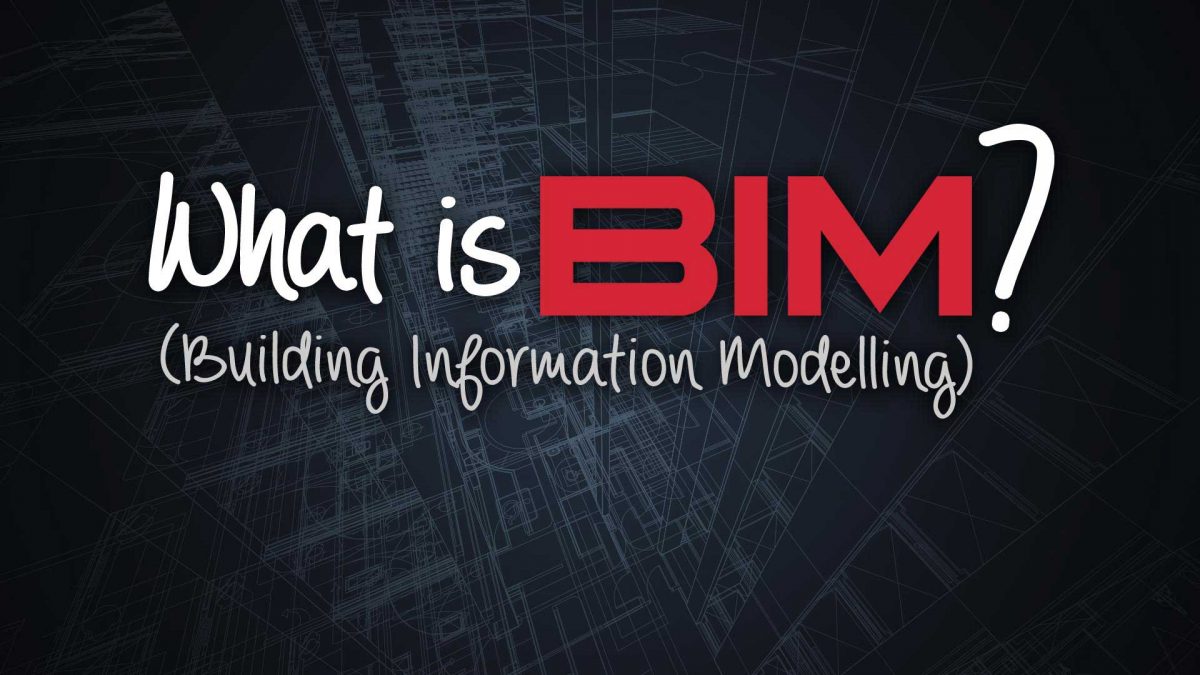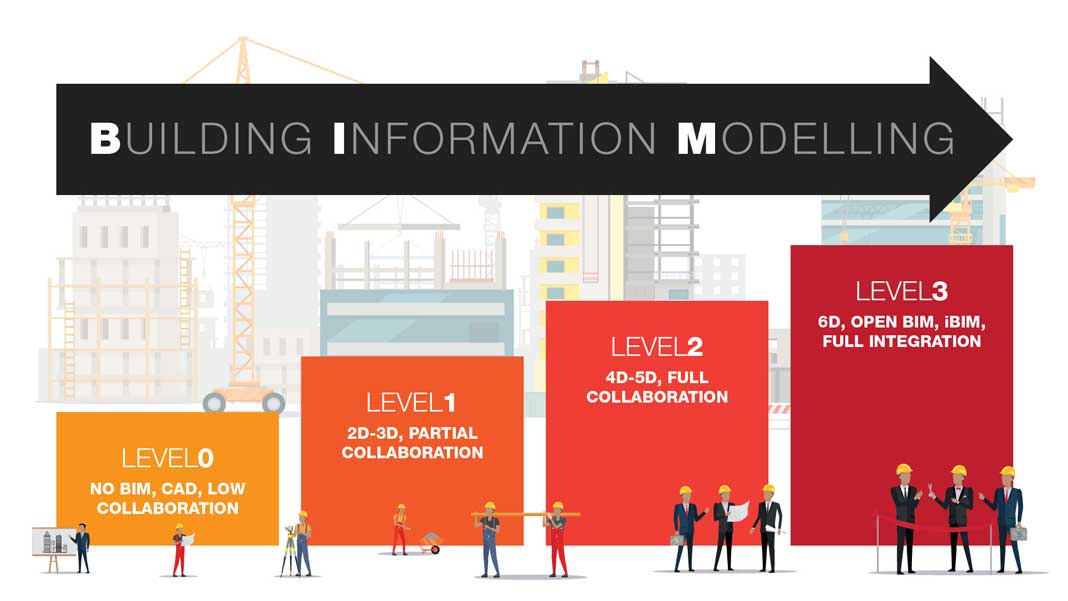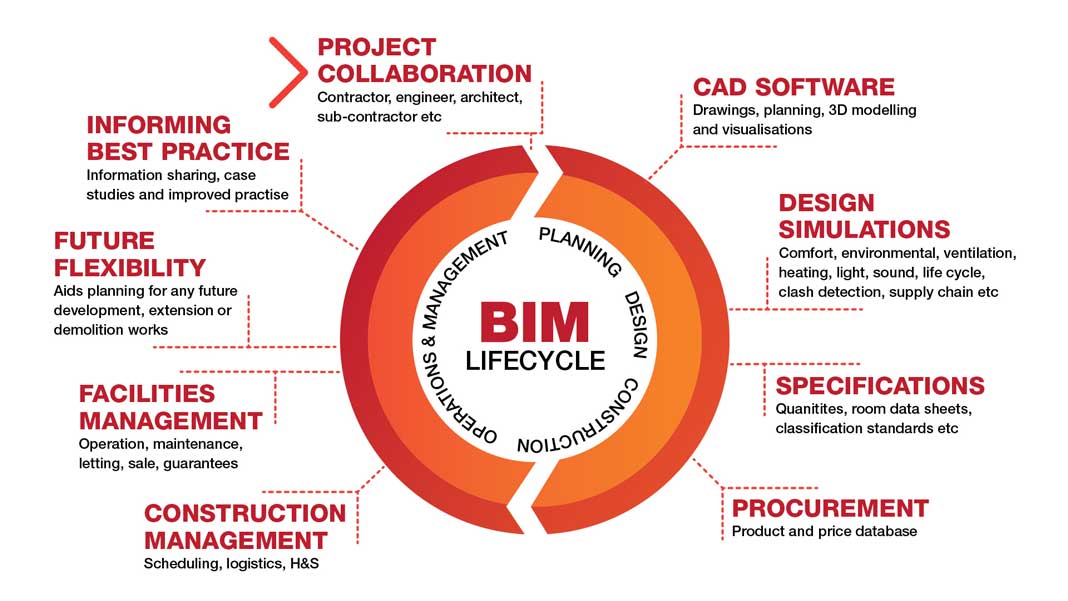What is BIM? Most of us in the construction industry will be familiar with the term, but what is it and how can it benefit the construction sector?
In a time where Artificial Intelligence, Virtual Reality and digital evolution is revolutionising the way we work, live and explore, it’s no surprise that the reach of these technologies is branching out into the construction sector via the process of Building Information Modelling or ‘BIM’.
One sector that has seen vast digital development within the previous decade is the AEC industry, with BIM offering international advancements.
But, What is BIM?
To break it down, BIM is the process of creating and managing information digitally across a construction projects life-cycle. It is the digital description of absolutely every aspect of the built asset. With every aspect detailed throughout the development, design, and construction phases it allows a collaborative information sharing platform which is constantly updated at key stages.
BIM enables interaction throughout the supply chain in order to optimise each levels actions, in turn creating superior whole life value for the asset.
Evolution of BIM implementation came in parallel with willingness to collaborate and share project information, the move toward integrated practice that is much talked about in the industry.
Phillip G. Bernstein
So, interaction is crucial… But, how can BIM help you?
With all of the building information in one accessible place, risks and mistakes are reduced – they can be easily assessed and identified throughout the projects digital descriptions. As a consequence, abortive costs are minimised and the BIM data can be used to illustrate the complete building life-cycle.
BIM allows us to manoeuvre around the models so we can understand the environment and also gives us the means to analyse, extract and question information.
Did you know that BIM adoption is mandated by the UK government?
It’s likely you will by now, as the Government mandated the use of level 2 BIM on all public sector projects in 2016 in the hopes of uniting the Government and the construction industry to develop the industry’s skills and reduce the cost of infrastructure.
What is BIM Level 2?
There are levels to BIM. The most commonly known is that of BIM Level 2. In short, BIM Level 2 effectively promotes sharing, analysis and the reuse of information. The models offer a better visual representation of design/construction and can ultimately be used to help inform decision making. Software can be utilised to lay multiple models on top of one another to see how they fit together; a process that allows object clashes to be identified and managed.
A crucial factor of BIM Level 2 is to ensure that as a project progresses and information grows, it moves from information fit for design, to information fit for construction and then to information that represents what has been constructed.
The latest Government Construction Strategy seeks to embed BIM Level 2 across departments which will in turn “enable departments to gradually move to BIM Level 3”. While the industry currently gets to grips with Level 2, the jump from Level 2 to Level 3 will require much preparation and planning.
What are the future prospects for BIM?
BIM is the future of design and facility management; it is government led and inspired by technology and clear processes; and it is implementing change across all industries. As hardware, software and cloud applications represent greater capability to process increasing amounts of data and information, the use of BIM will become even more prominent than it is in current projects.
BIM still continues to be very much at the forefront of our professional consciousness. This is hardly surprising, since BIM has been universally acknowledged as a ‘disruptive technology’ for the AEC industry, much more than CAD or even computing ever was, and it is causing us all to rethink our processes and identities.
Lachmi Khemlani
















